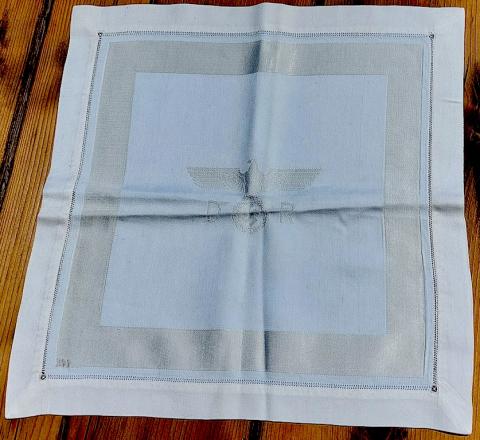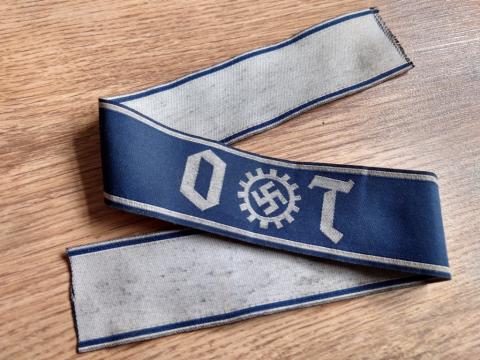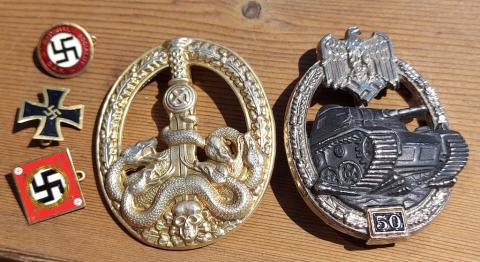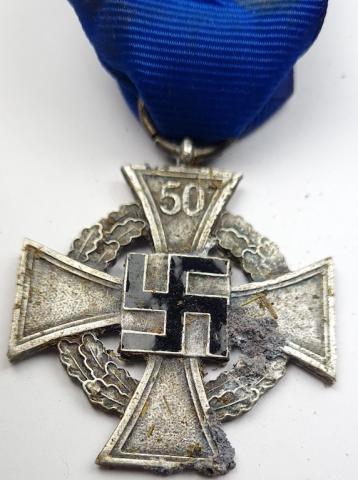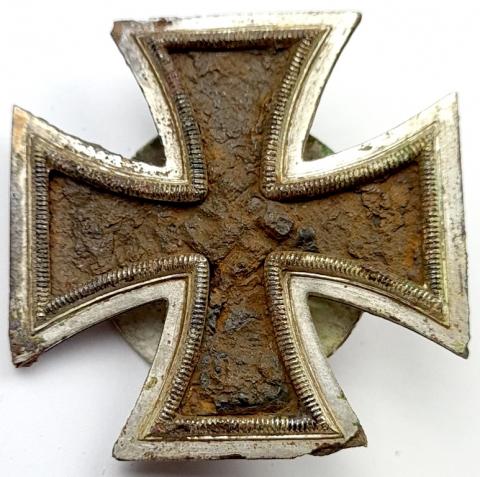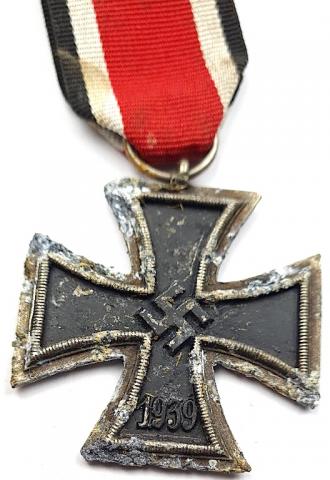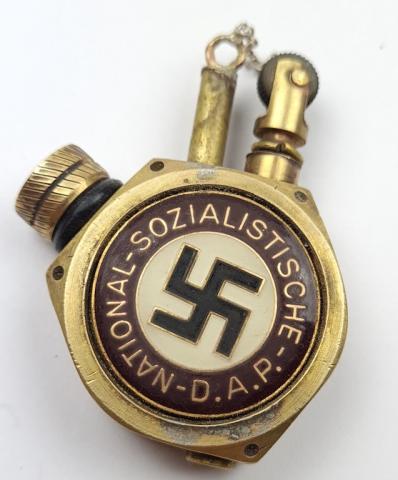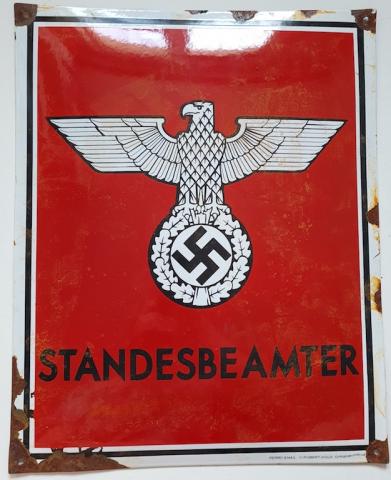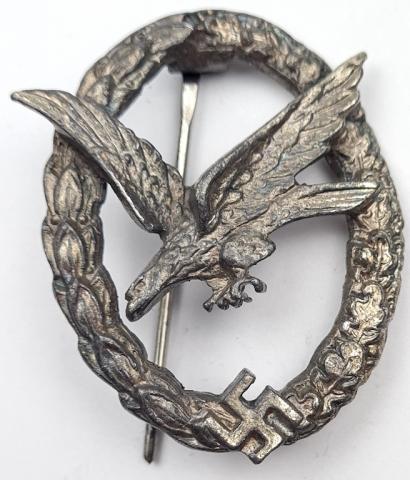Hermann Goering dining room wagon personal napkin 10 "244" with 3 Reich eagle - from Reichsbahn Hitler's train
Hermann Goering dining room wagon personal napkin 10 "244" with 3 Reich eagle - from Reichsbahn Hitler's train
Product
Hermann Goering dining room wagon personal napkin 10 "244" with 3 Reich eagle - from Reichsbahn Hitler's train
this is an amazing piece of history !
coming right from Goring's personal wagon in the Reichbahn. His wagon had the number 10 "243" and 10 "244".
the number 244 is on the napking.
very high quality fabrik, you won't see that very often !
35cm X 35cm
Tableware from wagon 244 is probably the most available of the Special train cutlery due to the large numbers required to support 14 tables with 42 seats and the fact that the wagon was in the U.S. area at the end of the war. On the other hand, since it is directly related to Hitler and the fact that Hitler's private wagon 10 206 was blown up with none of his 206 cutlery surviving, the 244 pieces command a premium. There is also wagon 10 242 in Hitler's special train which was the VIP dining wagon with a single dining table seating 15 and a lounge area with 6 easy chairs.
This train was composed of 13 cars of Deutsche Reichsbahn:
- 105 060 Bln - SalMaschPw4ük-37 - Luggage and electric generator.
- 105 062 Bln - SalMaschPw4ük-37 - Luggage and electric generator.
- 10 206 Bln - Sal4ü-37 - personal Show of A.Hitler.
- 10 252 Bln - SalBer4ü-3å - Room of conference.
- 10 242 Bln - SalR4ü-37 - Restaurant.
- 10 244 Bln - SalR4ü-37 - Restaurant.
- 10 221 Bln - SalBegl4ü-37 - Berths for the personnel.
- 10 222 Bln - SalBegl4ü-37 - Berths for the personnel.
- 10 223 Bln - SalBegl4ü-37 - Berths for the personnel.
- 10 231 Bln - SalL4ü-37 - Beds for guests.
- 10 232 Bln - SalL4ü-37 - Beds for guests.
- 10 281 Bln - SalBad6ü-39 - Bathroom.
- 10 251 Bln - SalPresse4ü-37 - Room of press.
